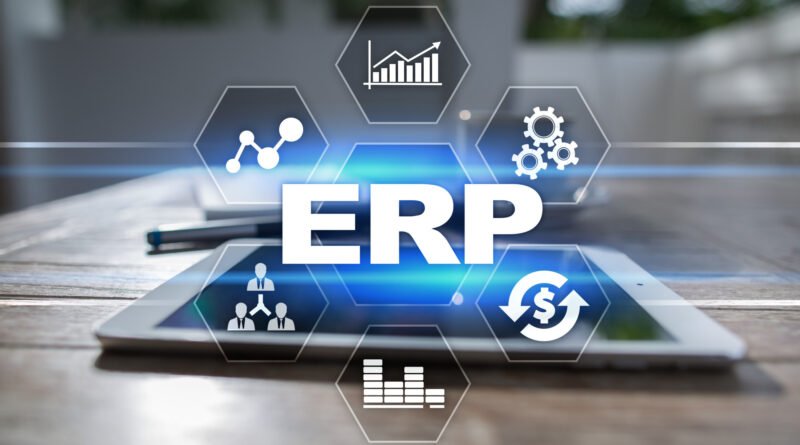Mastering Enterprise Resource Planning (ERP) for Business Efficiency and Growth
Whether you’re a seasoned entrepreneur or a novice in the business arena, leveraging Enterprise Resource Planning (ERP) could potentially be a game-changer for your business. ERP, by streamlining business processes and improving overall efficiency, could be your key to superior customer service, cost-effective inventory management, and improved cash flow.
What Is ERP, Anyway?
In simple terms, ERP refers to a system that collects, organizes, and manages your vital business information. The aim is to enhance efficiency and overall effectiveness of your business operations. By automating your processes with data-driven insights, ERP systems facilitate significant productivity and efficiency gains.
If the prospect of integrating ERP into your business operations feels daunting or you’re unsure where to begin, fear not. Here’s a step-by-step guide to help you set up an effective ERP system.
1. Clarify Your Goals and Objectives
The foundation for any successful ERP system lies in clearly defined business goals and objectives. Understanding your strategic direction allows you to tailor your ERP system accordingly, facilitating the achievement of your business milestones.
2. Choose Your Preferred ERP System
There are myriad ERP systems available, and your choice hinges on your specific business needs and operational complexities. Whether it’s developing a system from the ground up, utilizing a ready-made template, or opting for a tailored solution, your choice should prioritize ease of implementation and user-friendly functionality.
3. Appoint a Project Manager
A dedicated project manager, ideally an internal team member with sound communication and management skills, is crucial for smooth and effective ERP implementation. They should have a solid understanding of ERP processes and the specific system you’ve chosen.
4. Select the Right ERP Software
Your choice of ERP software should align with your chosen system and meet your business requirements. Remember, the ‘right’ software will be the one that integrates seamlessly with your existing systems and operations.
5. Transfer Your Business Data
The next critical step is data migration. This involves transferring your essential business data to your ERP software, ensuring data integrity for maximal accuracy.
6. Test and Configure
Following the successful transfer of data, it’s time to test and configure your ERP system. Organize your data and customize the system to best suit your business operations. Thoroughly test the system to confirm that it’s operating optimally and as expected.
7. Implement Employee Training
Once the system is up and running, it’s crucial to train your employees to ensure they can effectively utilize it. Highlight the ERP benefits for them as individuals and for the company as a whole to enhance buy-in and engagement.
Leveraging ERP for Business Success
By following these guidelines, you can establish a robust ERP system that enhances your business’s operational efficiency and productivity.
Begin with clear goals and objectives, choose the right ERP system, appoint a capable project manager, and select suitable ERP software. Remember to focus on data integrity during data migration, and test and configure your system thoroughly. Finally, ensure your team is well-trained and comfortable with the new system.
Implementing an effective ERP system is a powerful strategy to drive business growth and success. As you venture into this transformative journey, remember that the key to unlocking ERP’s full potential lies in a thoughtful, systematic, and inclusive approach.



